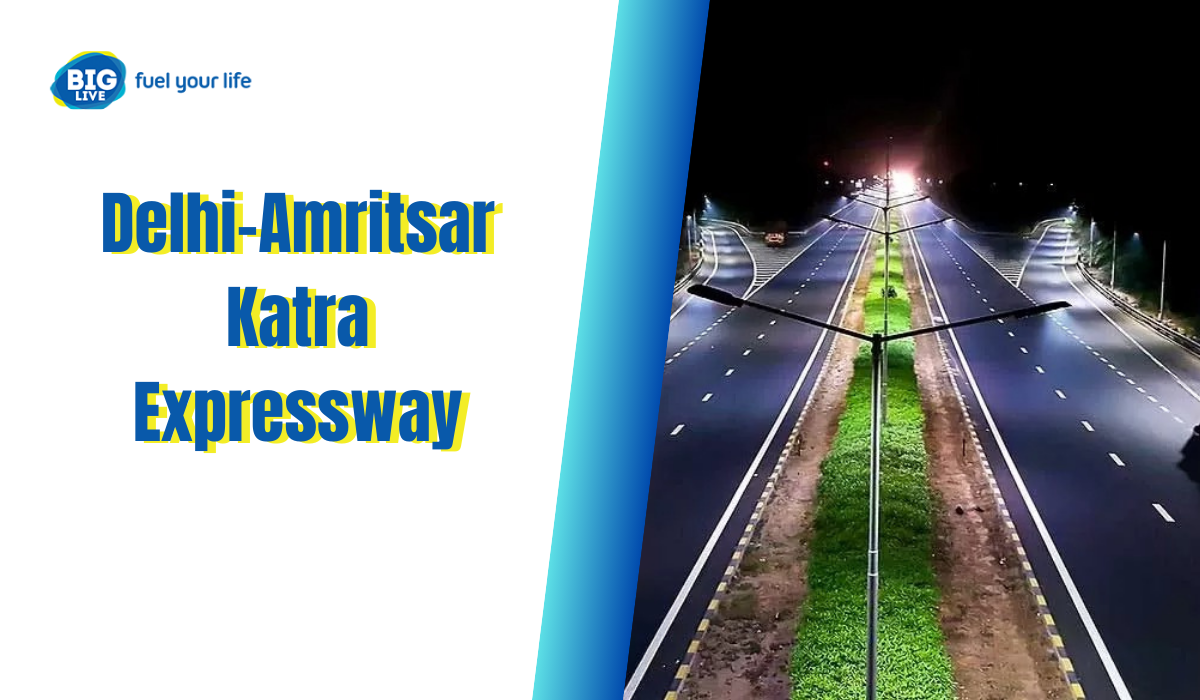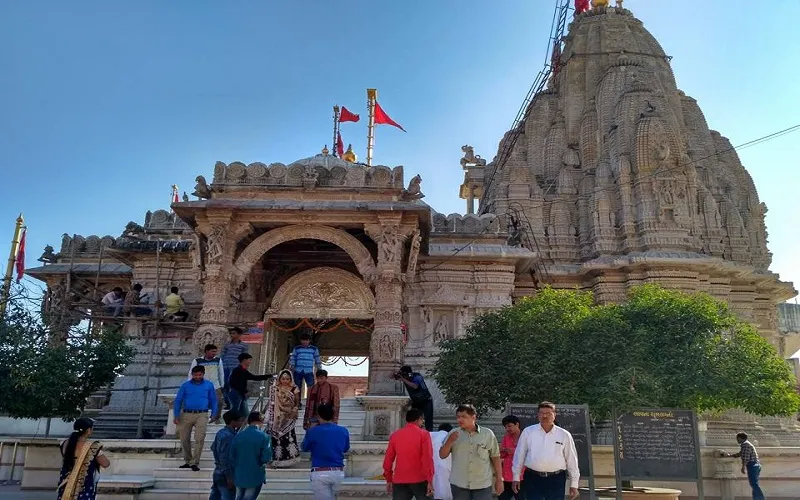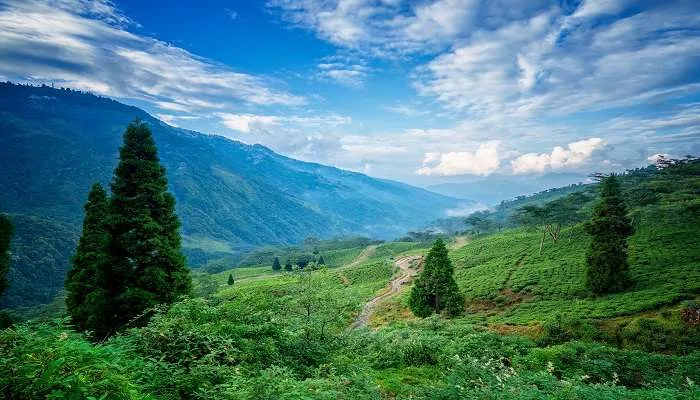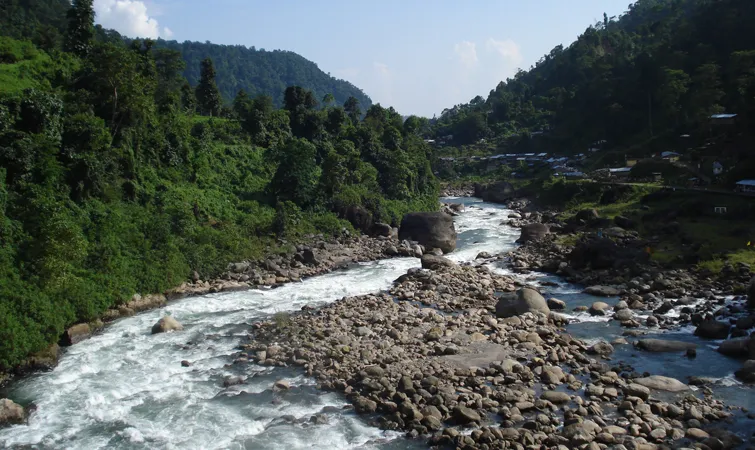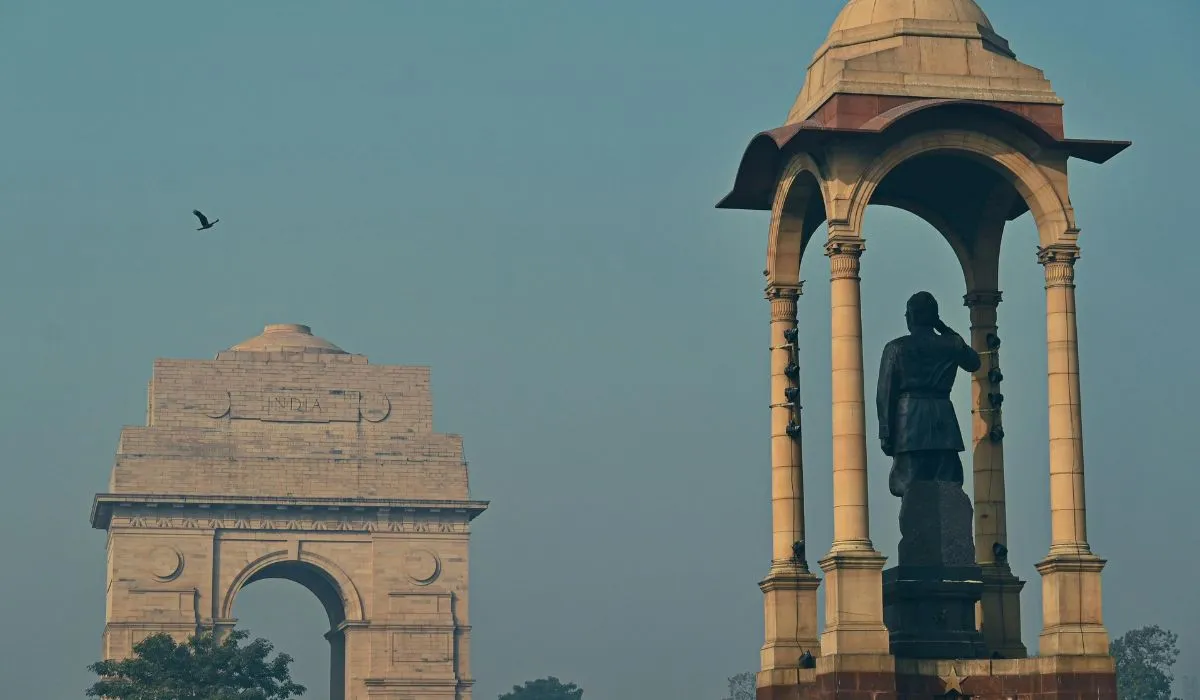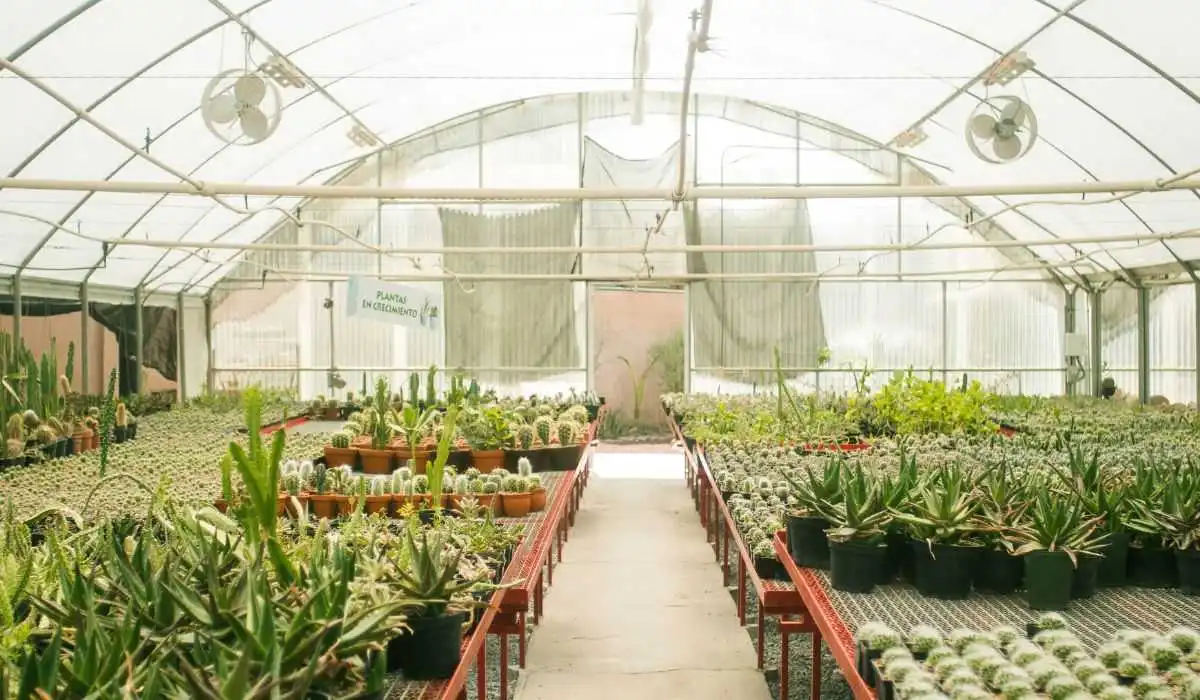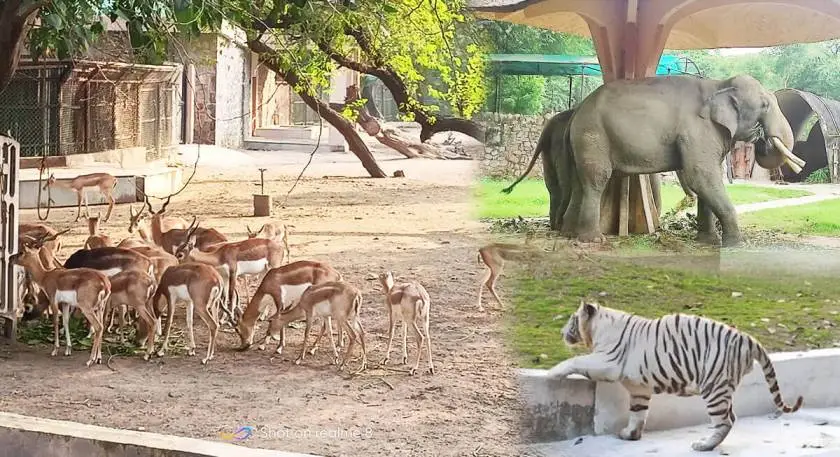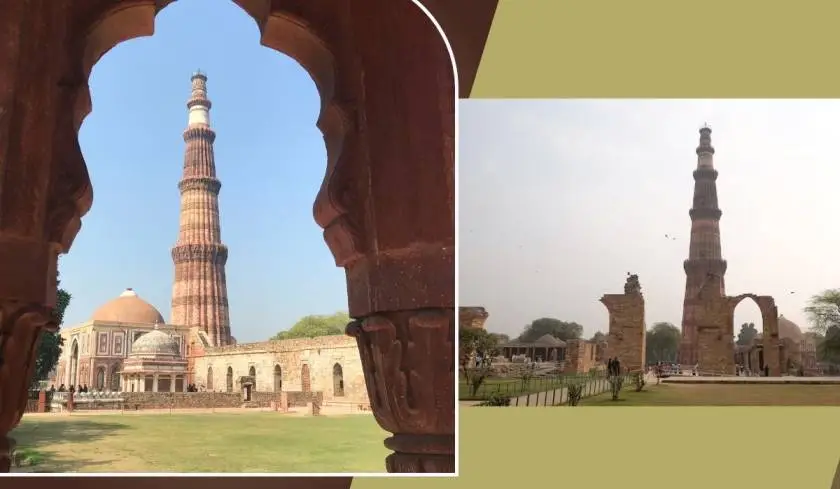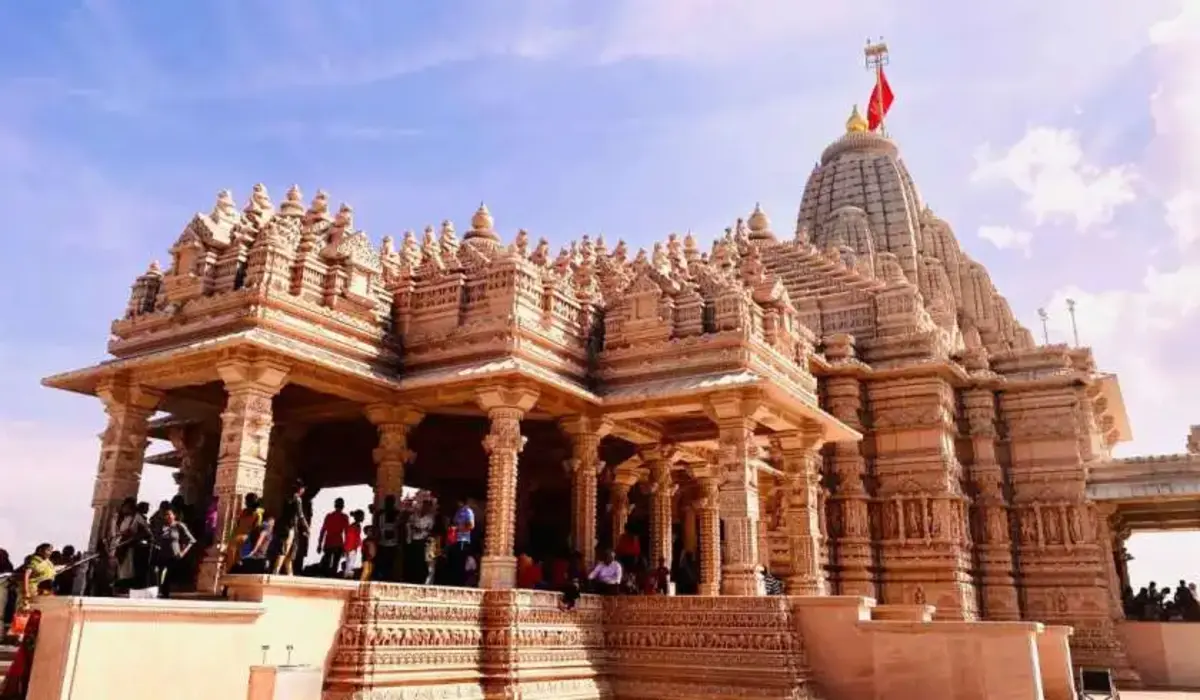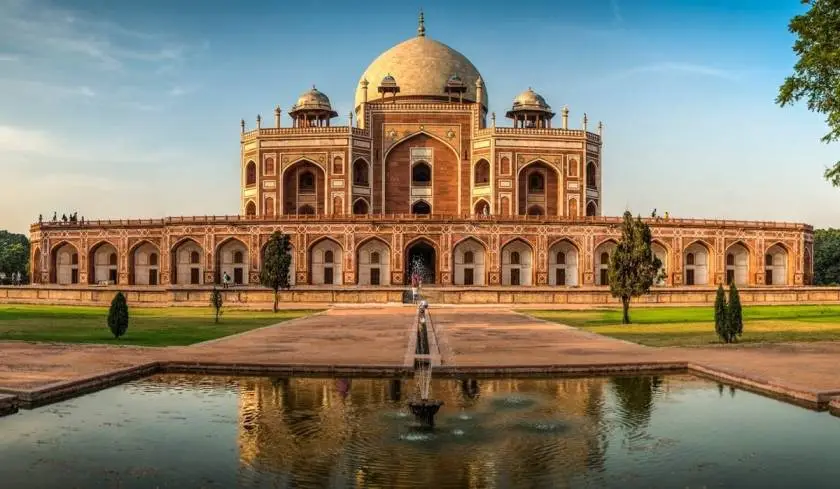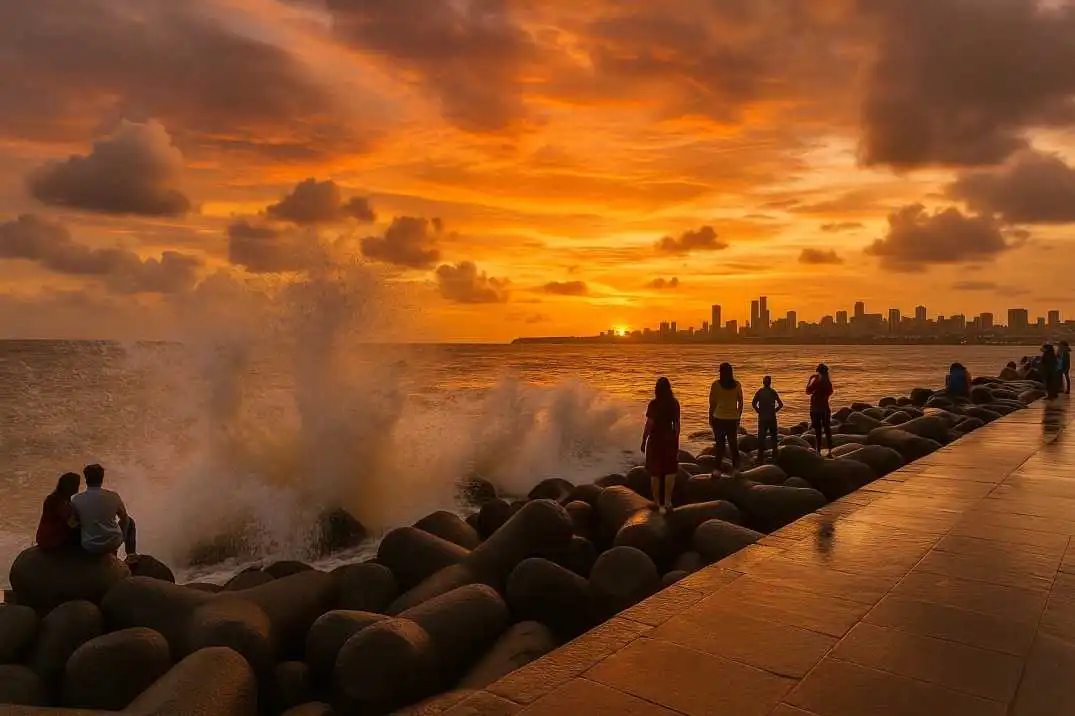There’s something powerful about a road. The Delhi-Amritsar-Katra Expressway is More Than Just a Shortcut. Some roads just get you from A to B. But this one? It’s different. The Delhi-Amritsar-Katra Expressway is starting to feel like a bridge between lives not just cities. Think about it. A family in Delhi trying to reach Vaishno Devi no longer has to waste a full day on unpredictable roads. A truck full of fresh produce from Punjab gets to markets faster, without half the hassle. Even someone headed to Amritsar for a quick visit can now breathe easier.
That’s what makes this road matter. It isn’t just about distance, it’s about what changes when that distance shrinks. Less waiting. Fewer delays. More time with people who matter. At around 660 kilometers long, this expressway isn’t just cutting travel time, it’s making the whole ride smoother and far less exhausting. It’s not a small fix. It’s a shift.
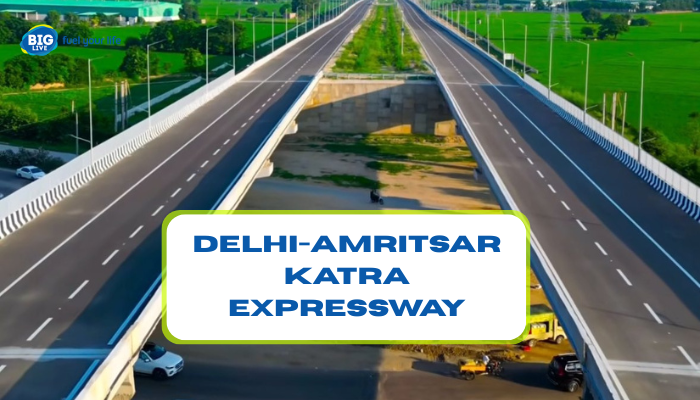
What Exactly Is This Expressway?
it’s a brand-new, access-controlled highway connecting Delhi to Katra, with Amritsar on the route. It passes through key parts of Haryana and Punjab before reaching Jammu & Kashmir. Katra, for those who don’t know, is where lakhs go every year to visit the Vaishno Devi shrine. Amritsar, of course, draws both tourists and pilgrims from across the globe. But this isn’t one of those "repair an old road" projects. It’s fresh what engineers call a greenfield expressway. That means they’re building it from the ground up, not layering it over broken roads from the past.
Everything about it has been planned wider lanes, smoother curves, faster exits. It’s built with today’s traffic in mind, not leftovers from the 90s. No old lanes, no compromises. Just a fast, modern road designed for smooth driving and long-term impact.
Why Does It Matter So Much?

When roads improve, everything else tends to follow. This highway is anticipated to reduce the journey duration from Delhi to Amritsar to nearly four hours. That same trip currently takes nearly double. Heading to Katra from Delhi? You’ll go from a 12 hour grind to a 6 hour breeze. Even routes like Delhi to Ludhiana will drop from 6 hours to around 3. Delhi to Gurdaspur? Reduced from 9 hours to 5. Consider the implications: reduced stress, increased moments with family, quicker deliveries, and safer transportation. However, it’s not solely about time.
It’s about what shorter travel can do for people. Families can travel more often. Farmers can send produce quicker. Businesses can grow beyond their towns. That's the real magic here.
A Peek Into Upcoming Travel Trends
This path is a component of a larger whole. It signifies a change not only in distance but also in our perspective on mobility. In a sense, it relates to the advancement of automotive technology. Modern cars differ greatly from those of the past. They are more intelligent, efficient, and designed for high-speed road environments like this.
Features like lane assist, cruise control, and real time GPS make a lot more sense when the roads are this well planned. The expressway is like a test track for everything modern cars are capable of. When you have the right technology and the right road it’s a perfect match.
Who Stands to Gain the Most?
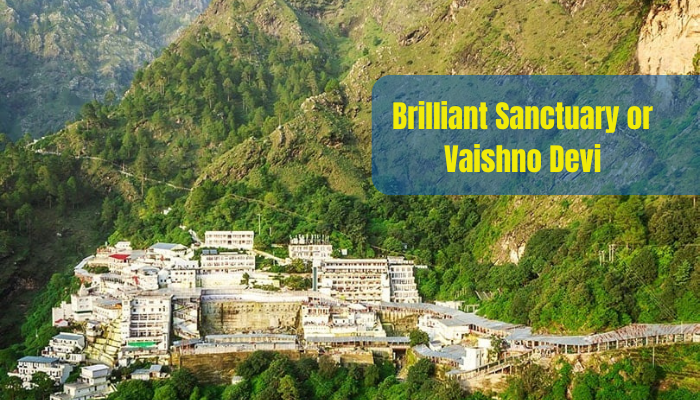
This isn’t just about big cities. The real winners might be the small towns along the route. More visitors, more occupations, and ideally more noteworthy advancement are in store for cities like Jind, Ludhiana, Sangrur, and Kathua.
- It will be less complex for travelers to visit locales like the Brilliant Sanctuary or Vaishno Devi without having to make the long journey.
- Truck drivers and transporters will spare cash on gasoline, avoid overnight delays, and reduce wear and tear.
- Small makers and agriculturists can reach modern markets and exchange their items more rapidly.
- It’s a ripple effect. A better road creates better opportunities and that means real, everyday improvements for millions.
What Sets This Expressway Apart?
The expressway comes packed with forward thinking features solar lighting to reduce power needs, rainwater harvesting to be kinder to the environment, and dedicated lanes for emergency services. It’s also built with future scaling in mind. What starts as four lanes can go up to six when traffic demands. Add in smart traffic control, surveillance systems, and GPS-based tolling, and what you have is a truly modern corridor.
Read more:- Rajpura–Mohali Rail Link: A Long Awaited Connection Comes to Life
India’s Auto Giants Have Their Eyes on It
Here’s something you might not expect top automotive companies in India are watching this expressway closely. Because this kind of road makes modern vehicles more useful. Companies like Tata Motors, Maruti Suzuki, and Mahindra & Mahindra are all in on smart features like autonomous driving, electric engines, and connected dashboards.
Why This Expressway Matters to Real People
It’s more than a new road. For a lot of folks, it’s a lifeline.
Imagine a family in Delhi heading to Vaishno Devi. Before this, it meant long hours on patchy highways, tired kids, multiple halts. They can reach in half the time without the guesswork or exhaustion. Or think about small business owners in Ludhiana. This expressway means their shipments to Delhi aren’t held up by traffic snarls or poor road conditions. It’s smoother. Faster. Less frustrating.
Even for farmers, every saved hour means fresher goods at the market. It's not just distance that shrinks, it’s pressure, delays, stress.
And for everyday people just trying to get home before dark? That extra hour back matters. This road gives it to them.
Stops That Actually Work for Travelers
Let’s be honest highway stopovers haven’t always been great.
- You’d pull over hoping for a working restroom or a clean snack shop and end up disappointed more often than not. But this expressway is doing things differently.
- They’re setting up places where you can breathe. Where truckers can grab real meals, families can find working toilets, and EV owners won’t have to panic about the next charging point.
- You won’t need to leave the road and hunt through small towns. Everything you’d need fuel, food, rest, help is built into the route. It’s a change that’s long overdue. And this time, it looks like it’s actually happening.
Not Just a Road—A Sign of What’s Coming
When a project like this gets built, it’s not only about reaching your destination faster. It’s about changing the way we think about moving. Better roads encourage cleaner cars. Cleaner cars encourage better service infrastructure. And all of that circles back to how we live, where we work, and how far we’re willing to go. This expressway is laying down more than asphalt. It’s laying down the future.
Read also:- Maharashtra's Culinary Stars: Famous Chefs and Their Viral Recipes
Final Thoughts: More Than Just Miles
At the end of the day, this expressway isn’t just a project on a government sheet. It’s a living, breathing symbol of progress. For people who’ve spent their lives navigating slow, uneven highways, this is a promise of smoother rides and better days.
The Delhi-Amritsar-Katra Expressway isn’t just changing routes. It’s changing routines, relationships, and rhythms. And maybe that’s what real development looks like not shiny buildings, but roads that actually take people somewhere better.



